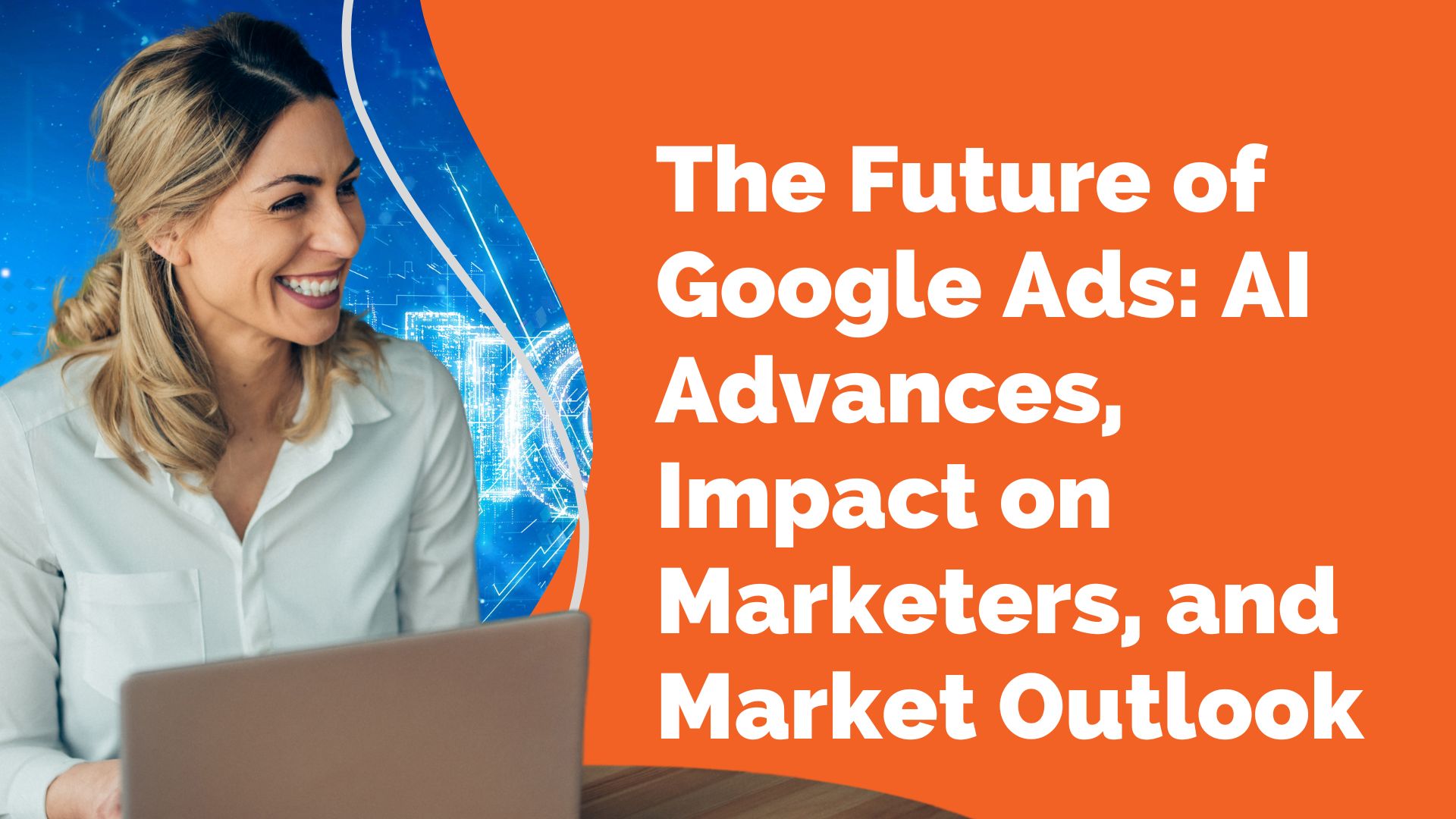Google’s Performance Max (PMax) campaigns are quickly becoming a powerful tool for driving online growth. However, setting up and optimizing these campaigns isn’t as simple as pressing “start.” In this guide, we break down the most effective strategies for optimizing your PMax campaigns in 2025—all explained in easy-to-understand language.
A Brief History: From Manual Bidding to PMax
Not long ago, advertisers manually set bids on individual products or groups. This gave you precise control but was time-consuming. Today, with PMax, you set just a few key parameters like target return on ad spend (tROAS) and overall budget. While this makes managing campaigns easier, it can also feel like handing over the steering wheel to an autopilot system. Without a smart strategy, PMax might focus on only a handful of “hero” products and ignore items that could drive higher profits over time.
More Campaigns Does Not Always Mean More Control
It might seem logical that running many small campaigns would give you more control. In reality, splitting your product data too much can lead to underperforming campaigns. If each campaign has too little data, it becomes harder for the system to learn which products work best. The key is to find a balance—create a structure that keeps enough data in each campaign while still grouping similar products together.
Four Common Approaches to Structuring PMax Campaigns
1. The “Black Box” Approach
This is the simplest method: you upload your entire product catalog into one campaign, set your budget and tROAS, and let the system do its thing. This approach works well when you have a small or straightforward product catalog.
Pros and Cons
| Pros | Cons |
|---|---|
|
|
Example: An online clothing store using one campaign might see its popular basic t-shirts get all the ad budget while more profitable, niche items like premium denim are left behind.
2. One-Dimensional Segmentation
Here, you split your products based on a single factor such as profit margin or past performance. This method introduces some structure by grouping similar products together.
Pros and Cons
| Pros | Cons |
|---|---|
|
|
Example: Dividing your clothing store’s catalog into “High Margin” and “Low Margin” groups might result in high-margin items getting more clicks. However, if these items aren’t in demand or are out of season, you may end up with wasted ad spend.
3. Business Data-Based Scoring
This approach involves adding extra information about your products—such as stock levels, seasonal demand, or customer reviews—to guide Google’s AI more effectively.
How It Works:
- Tag your products with custom labels in your data feed.
- Use a spreadsheet to assign a numeric score to each product.
- Feed this data into your campaigns to help prioritize products that align with your business goals.
Pros and Cons
| Pros | Cons |
|---|---|
|
|
Example: Your clothing store might assign higher scores to seasonal items during peak fashion periods or to products with excellent customer reviews, ensuring that these items receive the boost they deserve.
4. Multi-Dimensional Segmentation
This is the most advanced method. It involves creating a Base Score for every product by combining historical performance with strategic business data. Additional metrics—such as profit margins, customer value, and inventory status—are layered on to refine your product groups.
Steps:
- Establish a Base Score: Rank products based on past and predicted performance.
- Add Strategic Data: Incorporate key metrics like gross margin and seasonal demand.
- Adjust for Data Gaps: Use related product data to estimate potential for new or underperforming products.
Pros and Cons
| Pros | Cons |
|---|---|
|
|
Example: An online clothing store might use multi-dimensional segmentation to ensure that even a small, niche line of eco-friendly apparel is given proper visibility, balanced against the steady demand for everyday basics.
What’s Next in PMax Optimization?
Optimizing your PMax campaigns is not a “set it and forget it” task. The best-performing advertisers continuously refine their strategies by:
- Feeding Better Data: Regularly update your product scores and business metrics.
- Monitoring Performance: Adjust budgets and segmentation based on real-time performance.
- Combining Automation with Human Insight: Let Google’s AI handle routine tasks, but always step in to make strategic adjustments.
By striking the right balance between automation and hands-on control, you can transform your PMax campaigns from a black box into a finely tuned profit engine.
Final Thoughts
Performance Max is a powerful tool for any online business, but its effectiveness depends on how well you guide the system. Instead of letting the algorithm decide everything, structure your campaigns wisely using the methods that fit your product catalog and business goals. Whether you’re using a simple one-campaign approach or a multi-dimensional segmentation strategy, the goal is always to maximize both conversions and profits.
Ready to take your PMax campaigns to the next level? Start by reviewing your current campaign structure and see where you can introduce more data-driven insights. With continuous optimization, you’ll be well on your way to turning every ad dollar into real business growth.
Happy optimizing!
“`







